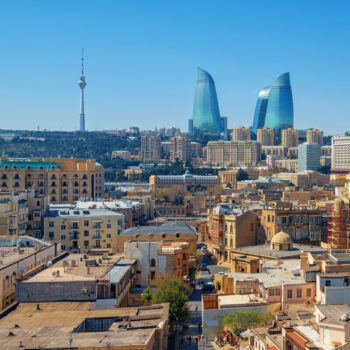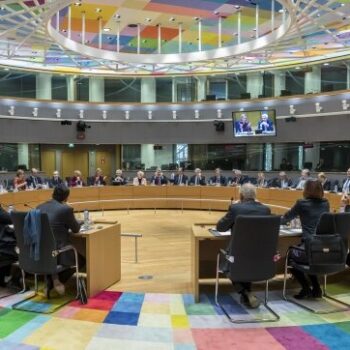What a year! Paris well and truly cleared the clouds of multilateral-climate-doubt, sending beams of sunlight into boardrooms, mayoral offices, town squares, universities, local constituency offices and parliaments. The momentum for climate action has kept on growing. Next week we return to negotiations with an uptick in the low carbon economy, a G20 taking on climate risk, a ratified Paris Agreement and a Montreal Protocol agreement to phase out hydrofluorocarbons.
But whilst this is considerable cause for celebration, there is no time to rest. In 2016 the world also crossed the 400ppm threshold and saw each consecutive month marked as the hottest on record.
Now let’s turn to COP22.
A UNFCCC first
We’ve never gone to a COP with a Global Agreement under our belts before. This has practical and political implications. No doubt it’ll take a bit of time to get used to it. COP22 will be important in setting the tone for a new form of negotiation. Old positions have passed their sell-by date and many long-held arguments have been laid to rest. The international community will need to use that spring in our step to launch us forward, bringing with us the conviction of multilateral agreement to tackle climate change.
Whilst much of the world is rightly turning to implementing climate action the UNFCCC must continue strengthening the bedrock of the international regime. Outlining the rules and charting the course for the world to regroup on a 5 yearly cycle to up their ambition, shooting for a 1.5°C limit and rooting science at its core.
Marrakech Mood music
If Paris taught us anything we know COPs cannot be seen only as policy negotiations, the COP is also an event which charts the political mood on climate.
The surprisingly fast ratification of the Paris Agreement should get us off to an excellent and celebratory start. Lurking just around the corner are the results of the US Presidential Election, set to be announced early on Wednesday. Hilary is way ahead in the polls but as we’ve learnt, they can’t always be relied upon. Whoever emerges onto the podium in the US Capitol building we can bank on: ratification binding the US in for at least 4 years; the continuation of state led implementation regardless; and growth in low carbon US businesses who won’t give up when they know they’re on to a winner.
The infectious spirit of shared leadership will once again rear its head at COP22. A number of initiatives are set to be launched showing collaboration between countries, NGO’s, development banks, cities and business. These initiatives are billed to cross the spectrum from investments in efficiency, to adaptation in agriculture, to climate risk insurance.
We’re also likely to here a good deal of noise about countries efforts to create mid-century plans. Rumour has a number of big emitters are making some good progress which they hope to showcase at the COP. These plans will spell out the pathways for getting to net zero emissions whilst building resilience to the changing climate.
COP22’s Negotiating weeds
Whilst Paris’ entry into force is great news it’s a bit of a shock for negotiators who weren’t expecting it for a few years yet. Decisions on how the sequencing will work now that particular landmark has been brought forward will be made and negotiators will begin work on the rulebook in earnest. The rulebook will be crucial to ensure that countries are able to consistently track progress and create the best foundation for securing upward ambition moving forward. This also includes how NDCs will look and the shape of the global stocktake.
Immediate discussions will also take place on a number of issues, not least capacity building and loss & damage. Capacity building is core to confidence building throughout the global climate governance architecture (UNFCCC, G20, MEF, etc). Paris signalled toward a more progressive, resourced and country owned approach to capacity building. The nuts and bolts of the mechanism will be discussed in Marrakech. On Loss & Damage, the pragmatic approach taken by countries to prepare and risk manage climate loss and damage should continue. The WIM’s work to date will be reviewed and a workplan for the next 5 years will begin to take shape.
And it wouldn’t be a COP without a ministerial level check-in on progress. The 2016 facilitative dialogue will discuss pre-2020 ambition and finance. The recently announced roadmap to the $100bn promised by developed countries should give some constructive clarity, however its honest recognition that more still needs to be done will no doubt be cited as a pressing reality.
On pre-2020 ambition, many countries are set to come good on their targets which will receive praise. But given these efforts still fall far short of a 1.5°C trajectory the discussions will not be wholly optimistic. The call for more action will also turn up the heat on the upcoming 2018 facilitative dialogue to assess the adequacy of the iNDCs. The precise understanding of this 2018 moment, along with the first global stocktake, should also begin to take shape.
With not a moment to lose, time to get down to work.
This blog has appeared in Business Green and E!Sharp.


